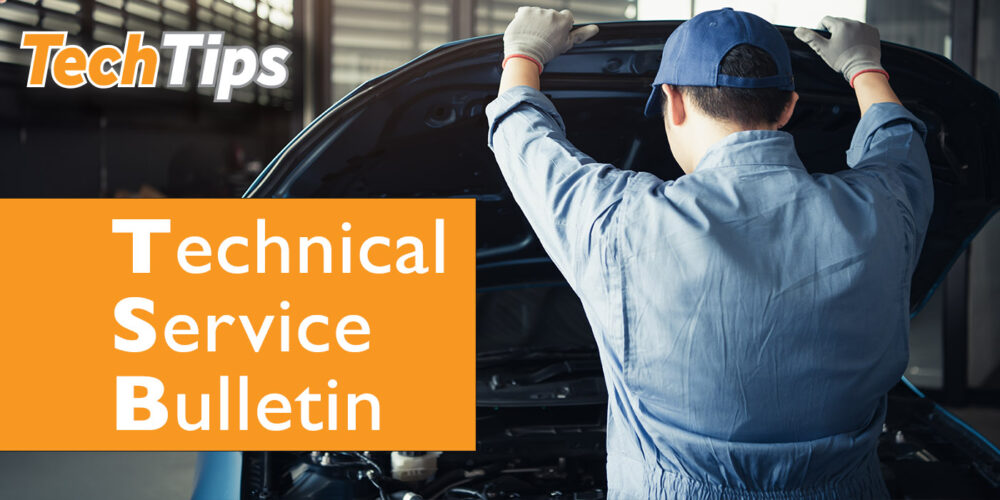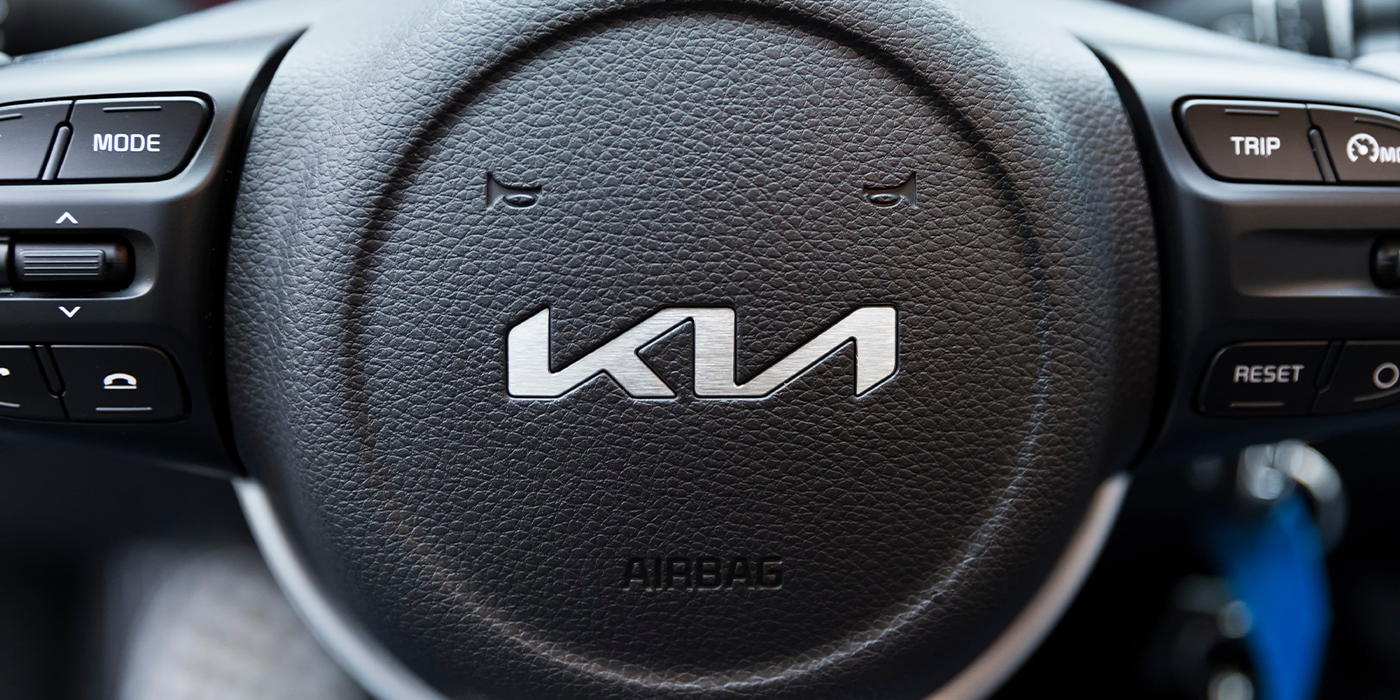This bulletin provides information on changes to 1994-2000 model year Sephia/Spectra brake rotors and brake pads to improve customer satisfaction, particularly in severe-service usage situations.
• The brake rotor vent design has been revised.
• The brake pad surface area has been increased from 37.5 sq. cm to 43.0 sq. cm.
These new brake rotors and brake pads supersede all previous brake rotors and brake pads for all 1994 to 2000 model year Sephia and Spectra models.
Note: The new rotors and pads are interchangeable as a set with previous parts.
• The new pads must be used with the new rotors.
• Do not mix old rotors/pads.
Installation Procedure:
1. Raise and support the vehicle on a hoist.
2. Remove the front wheels.
3. Remove the caliper spring clip.
4. Remove the caliper slide pin dust covers, slide pins and caliper.
5. Remove the two bolts from the caliper anchor and remove it.
6. Remove the rotor retaining screws (2) and remove the rotor.
7. Install the new rotor and reinstall the rotor retaining screws.
Note: Before installing the new rotor, make sure the mating surfaces on both the rotor and hub are clean and free of debris.
8. Reinstall the caliper anchor and torque the bolts to 33-49 lbs.-ft. (45-67 Nm).
9. Clean the caliper slide pins and lubricate with high-pressure caliper grease.
Note: If the caliper slide pins are badly rusted or pitted, replace with new.
10. Check the caliper slide pin bushings for damage and clean or replace as necessary.
11. Apply a very thin coat of high-pressure caliper grease to the caliper contact points on the anchor.
12. Push back the caliper piston with a caliper spreader or large pliers.
13. Install the pads in the caliper.
Note: Make certain to remove the protective backing from the anti-spread material on the outboard pad.
14. Reinstall the caliper and torque the caliper slide pins to 19-21 lbs.-ft. (26-28 Nm).
15. Reinstall the slide pin dust covers, then reinstall the spring clip onto the caliper.
16. Reinstall the wheels and torque the lug nuts to 65-87 lbs.-ft. (88-118 Nm).
17. Lower the vehicle, pump the brake pedal and check/adjust the brake fluid level as needed.
Technical service bulletin courtesy of IDENTIFIX.
For additional tech tips, visit www.identifix.com.













